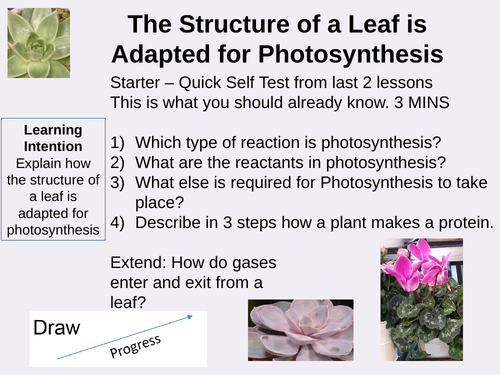Super Science Tutor's shop
Welcome to my range of science resources, I hope to support teachers and students to make teaching and learning as stress free as possible and also make it as enjoyable as possible. My current highlight of my work is my complete range of 4-Steps revision and AQA exam preparation workbooklets which can be used as part of lessons or to support revision. Supporting all students including SEN and SEMH, includes concise and detailed notes, exam style questions and model answers/interventions.























